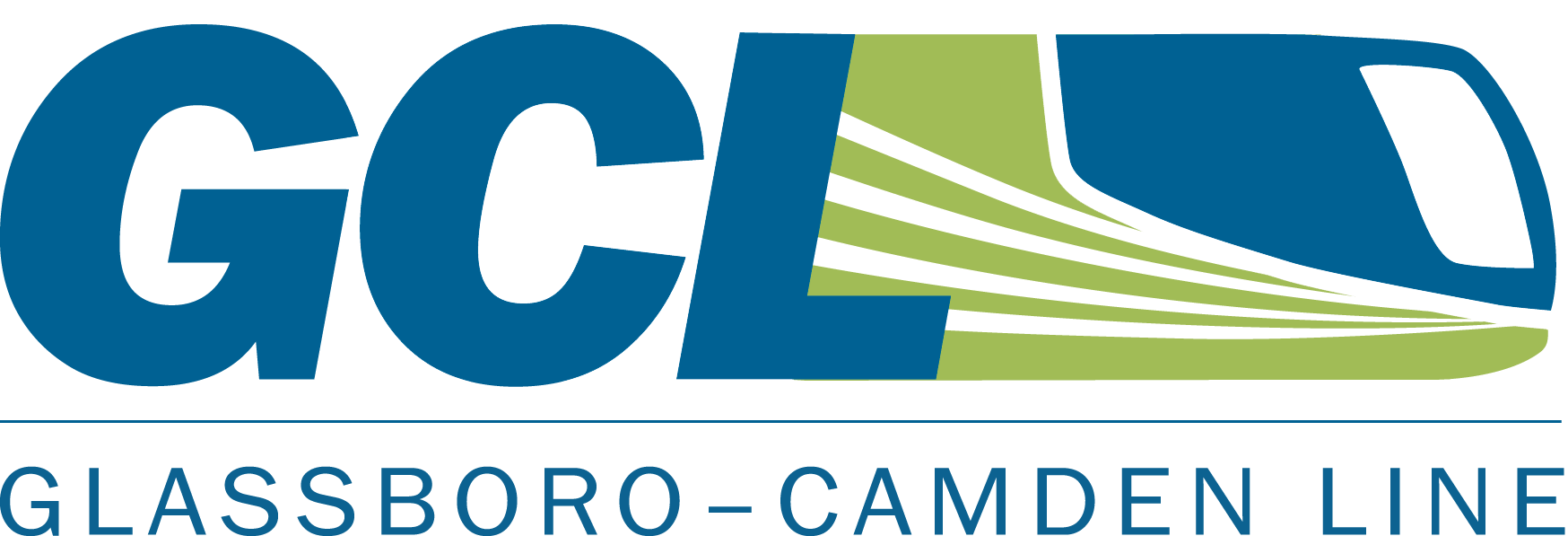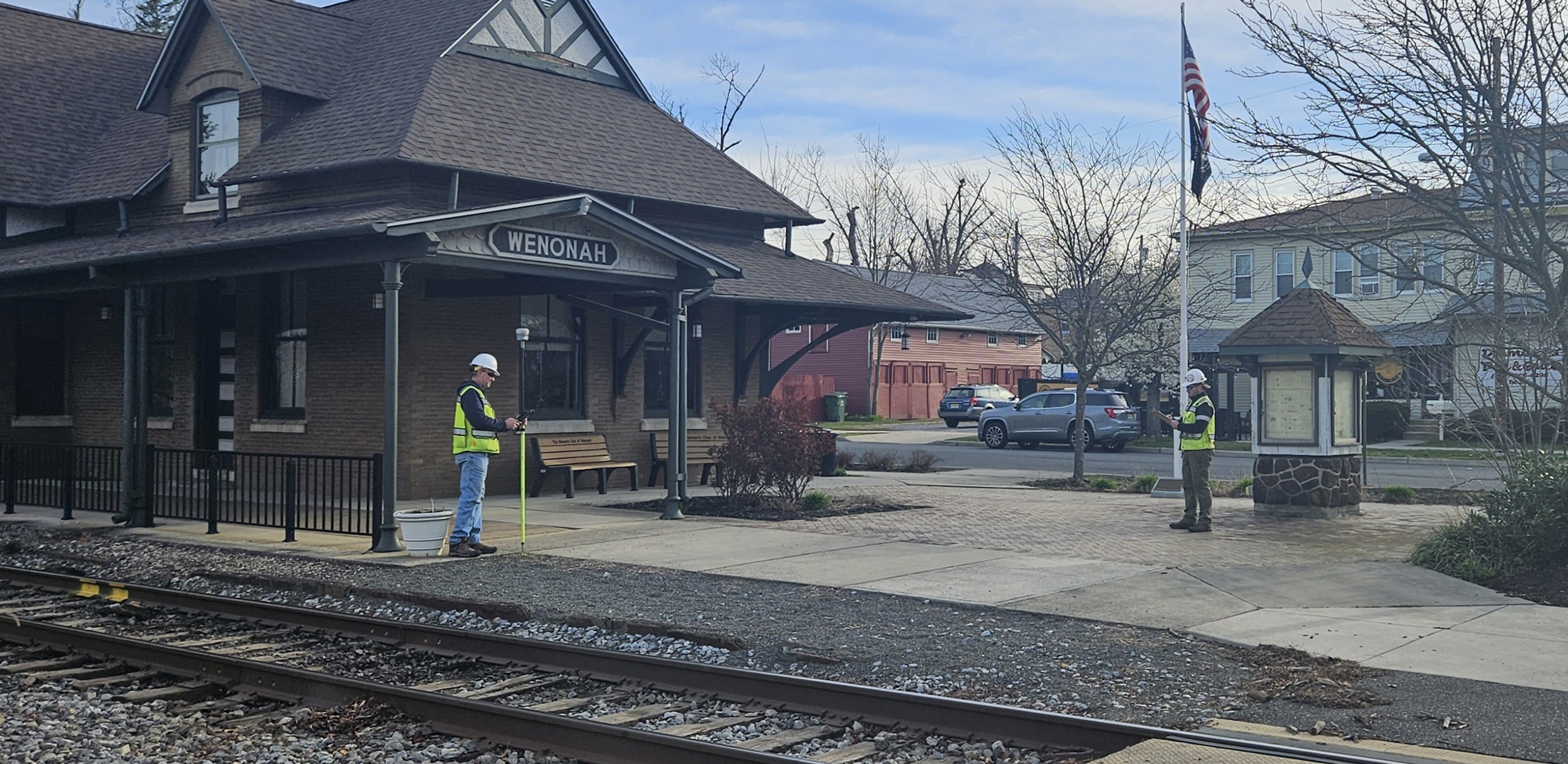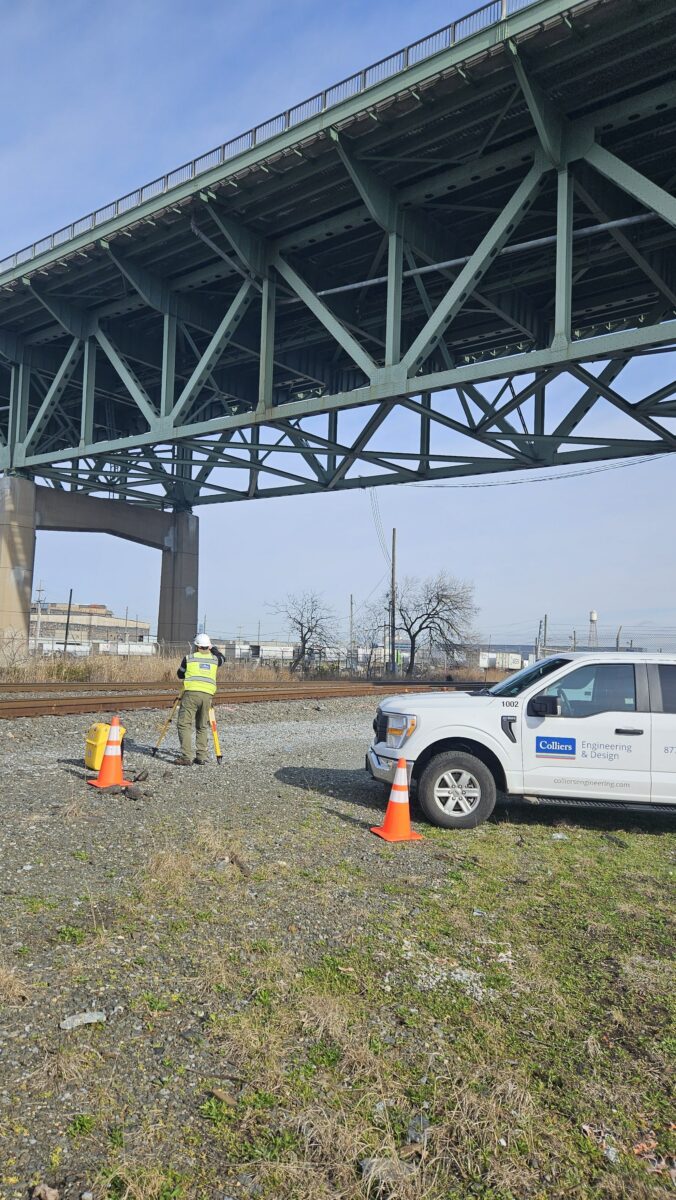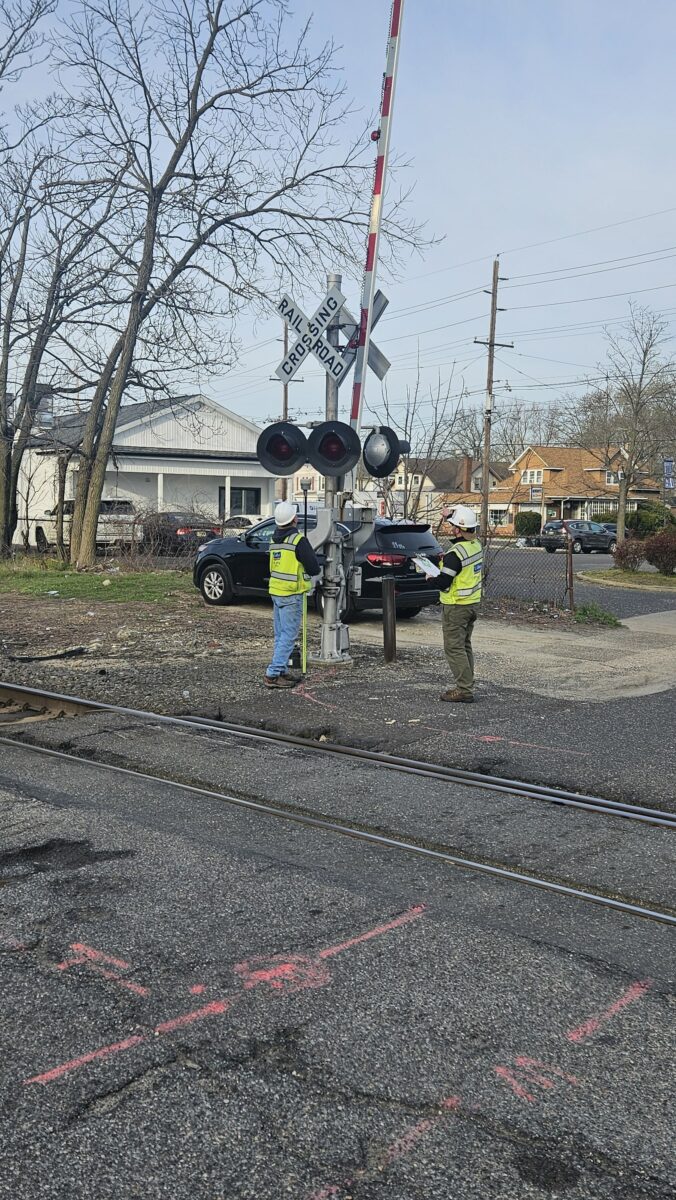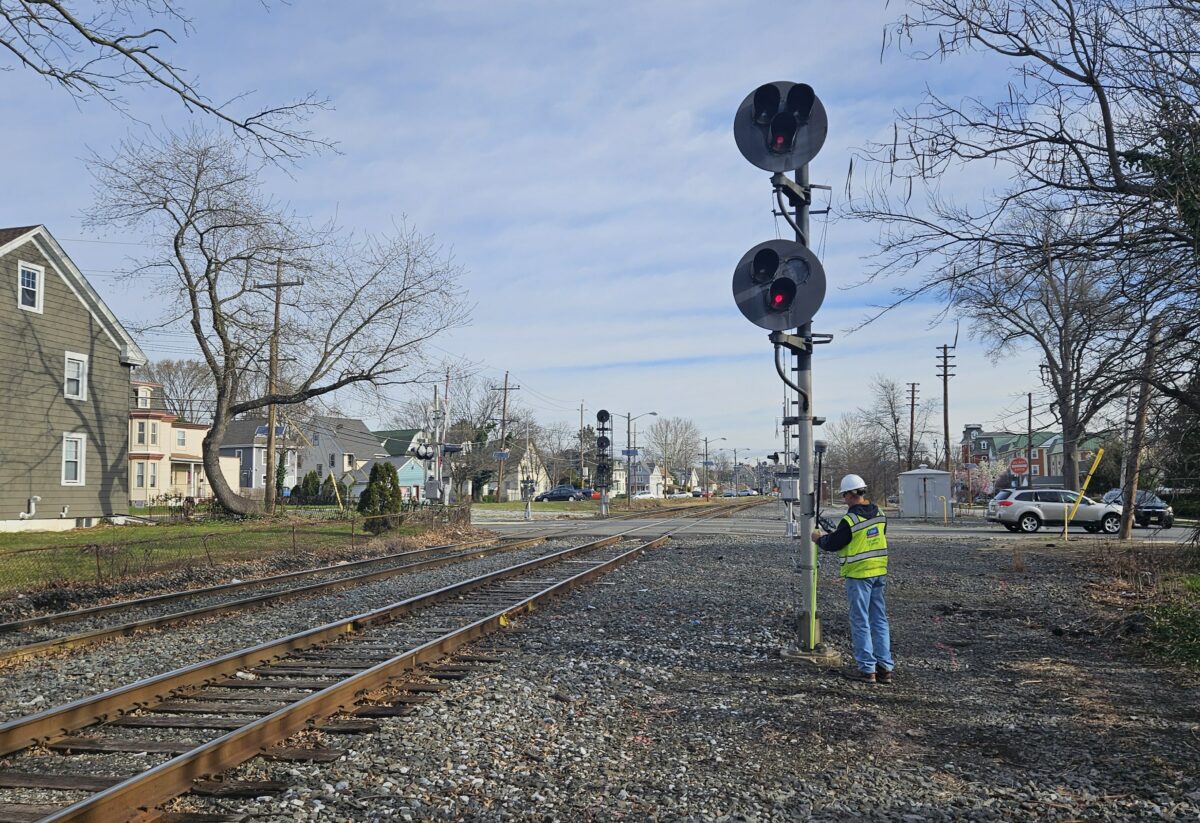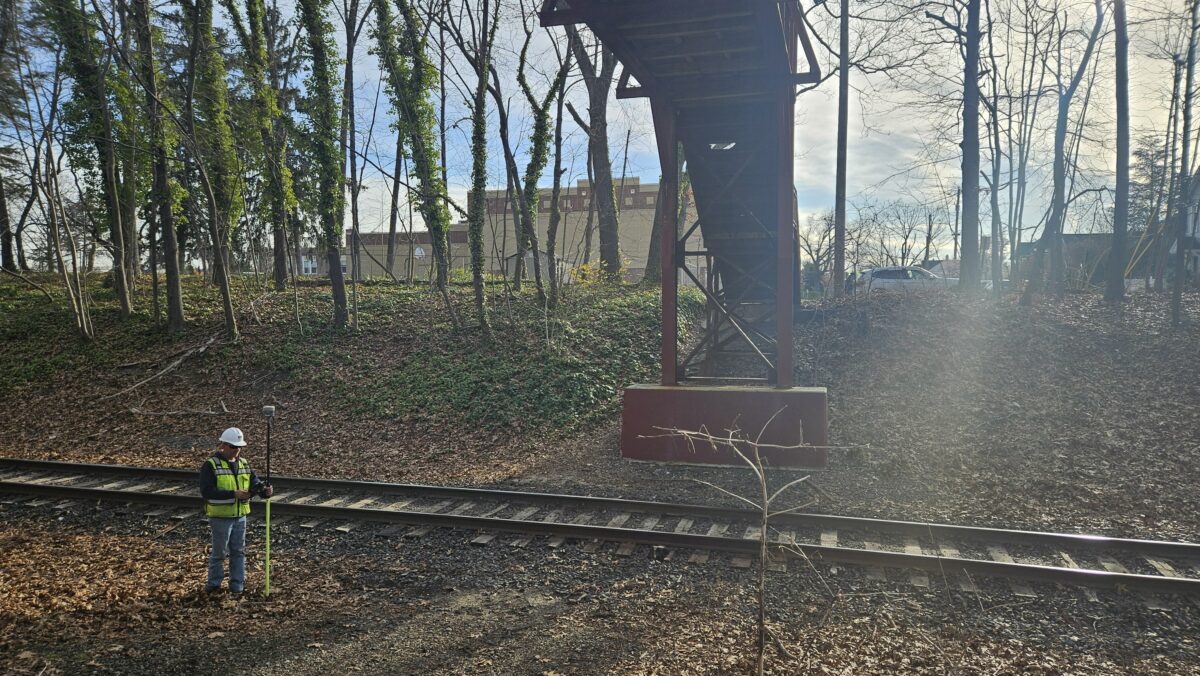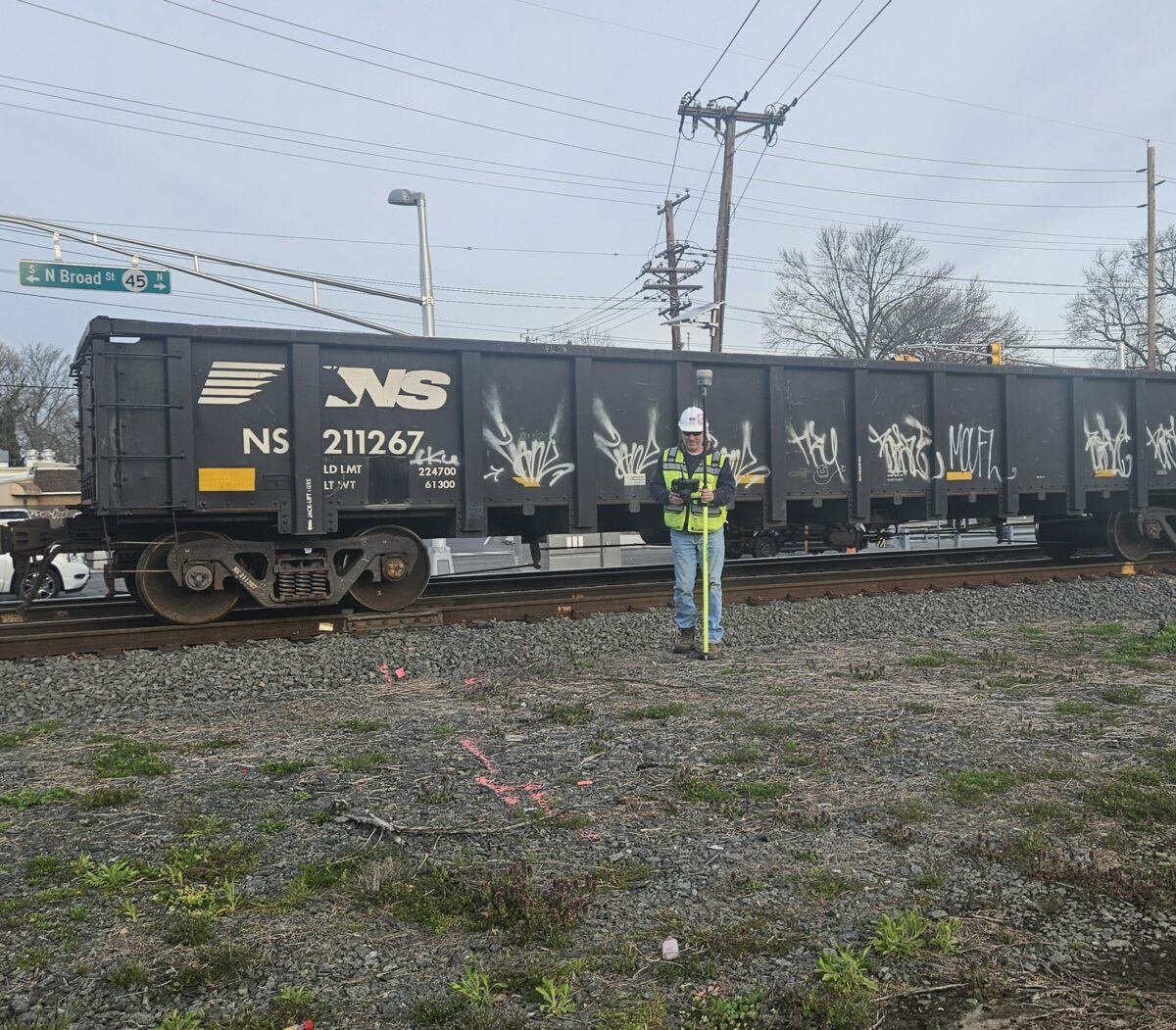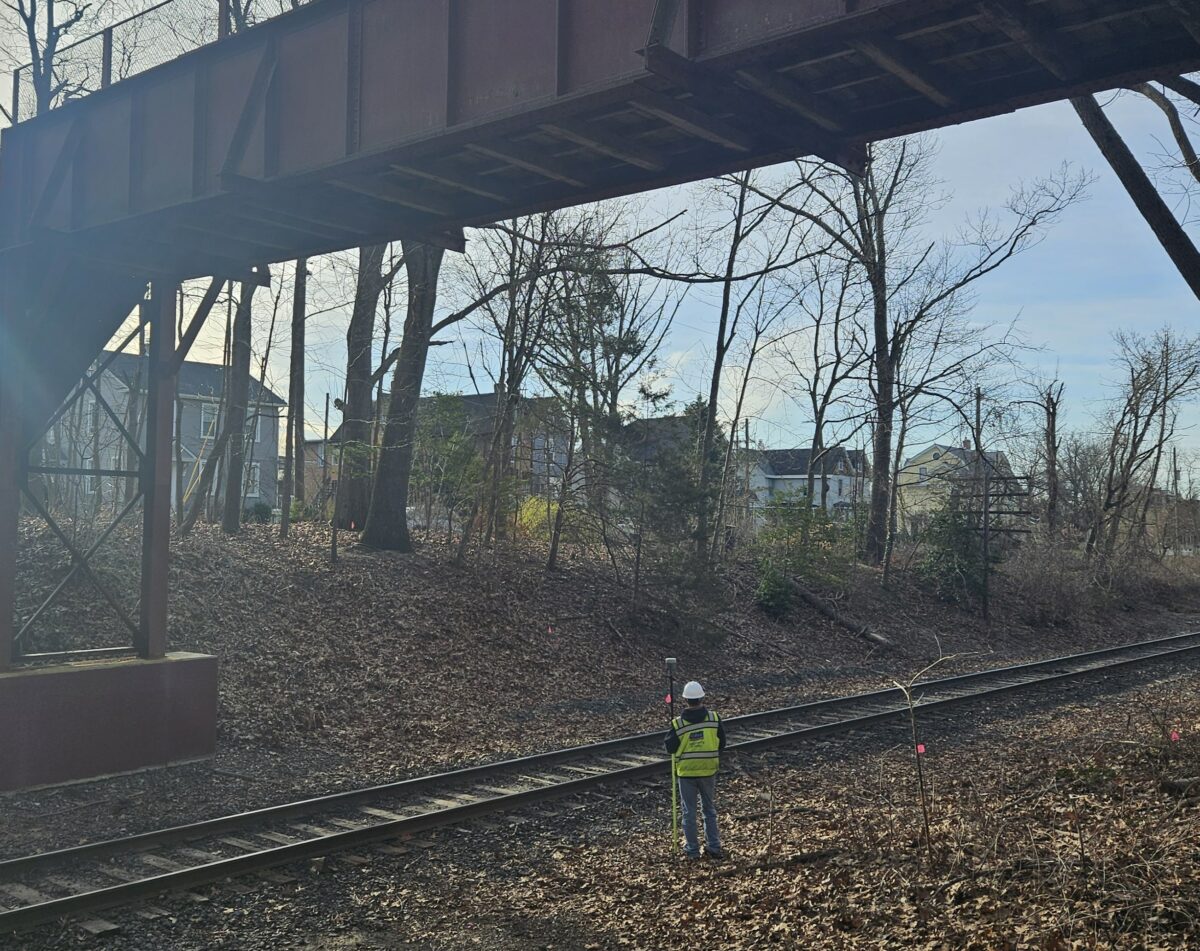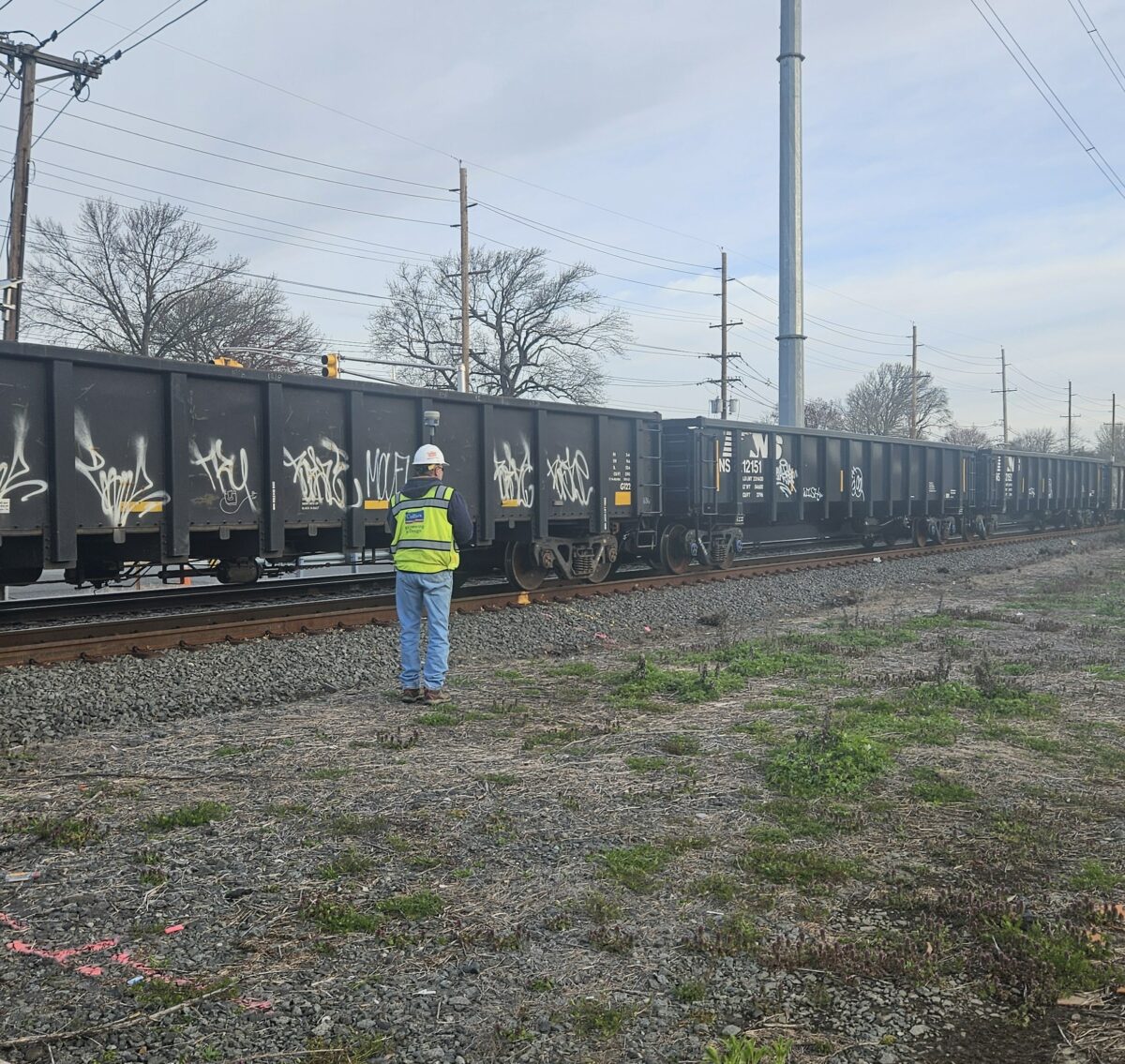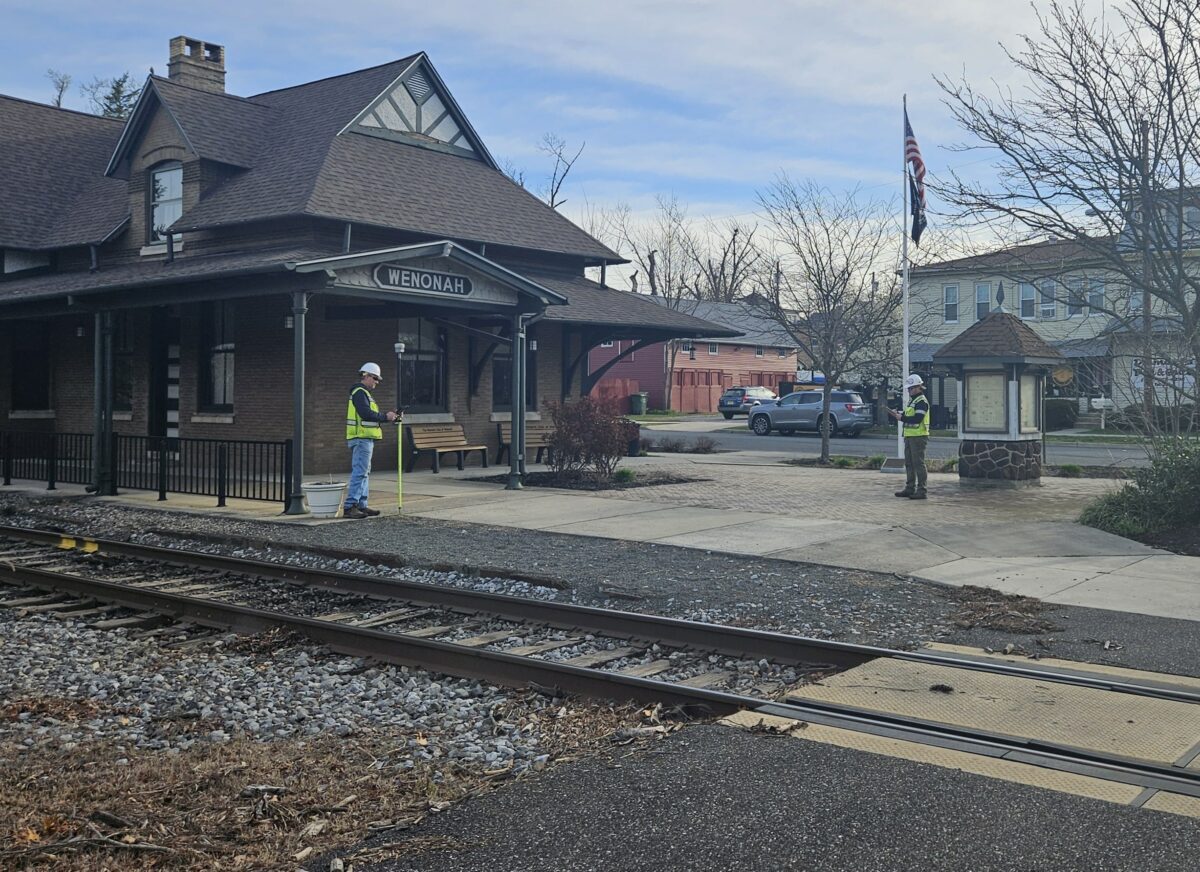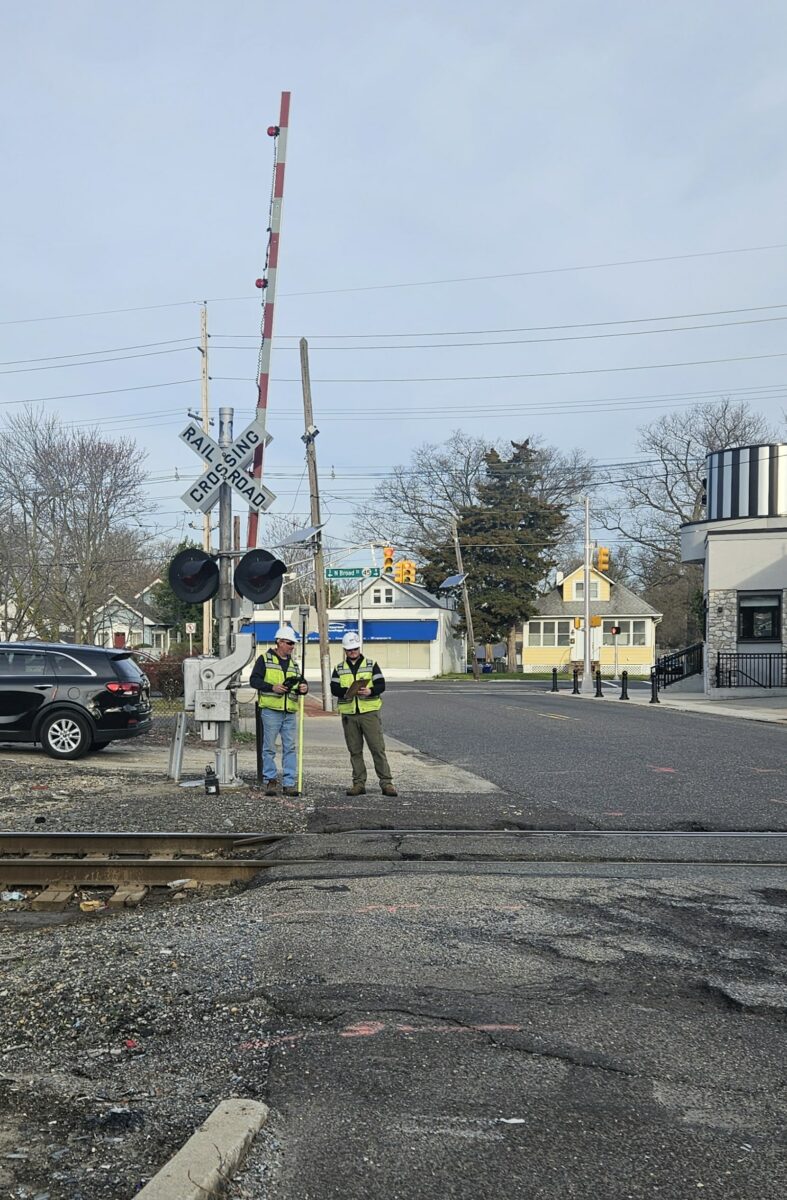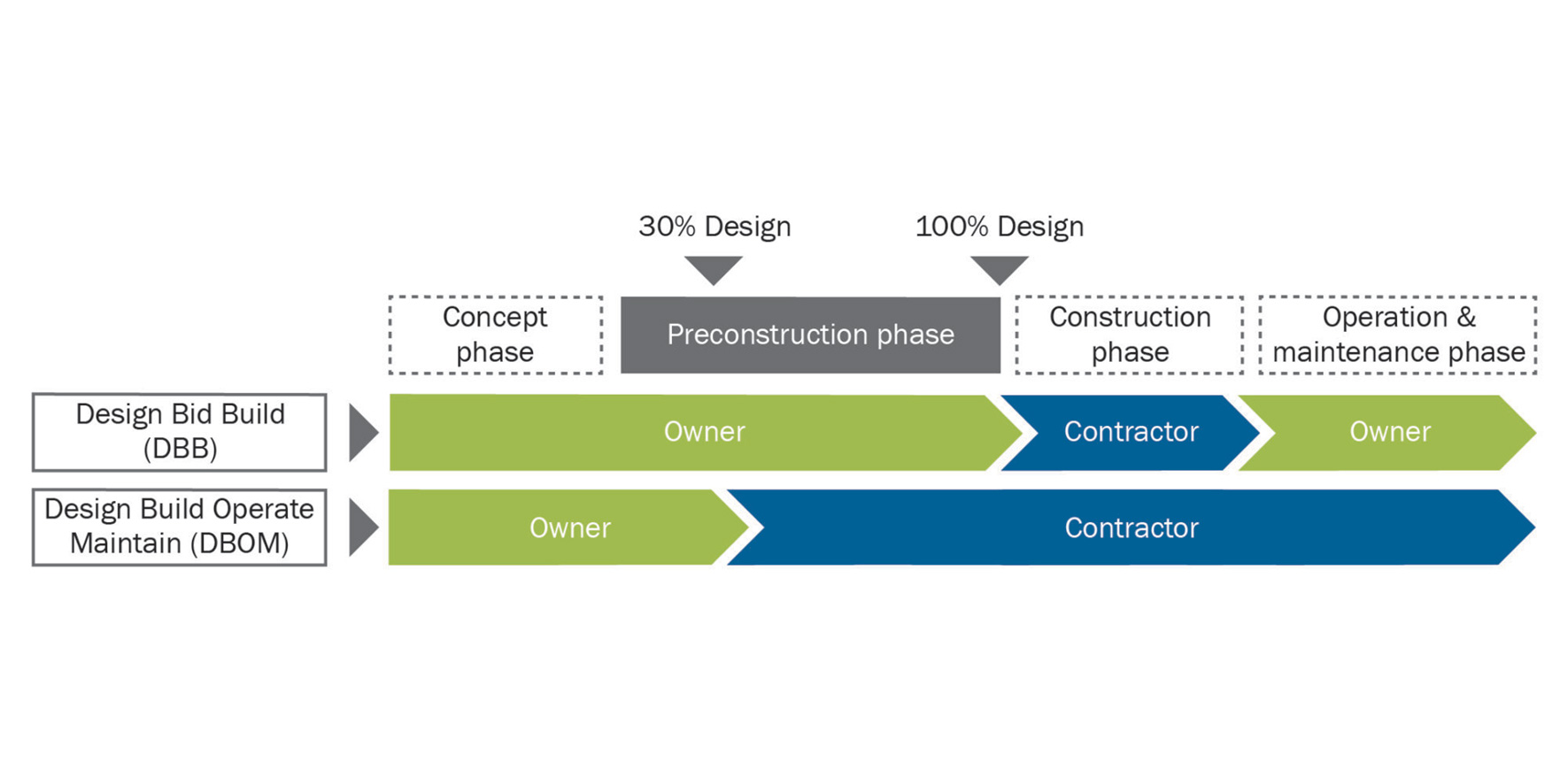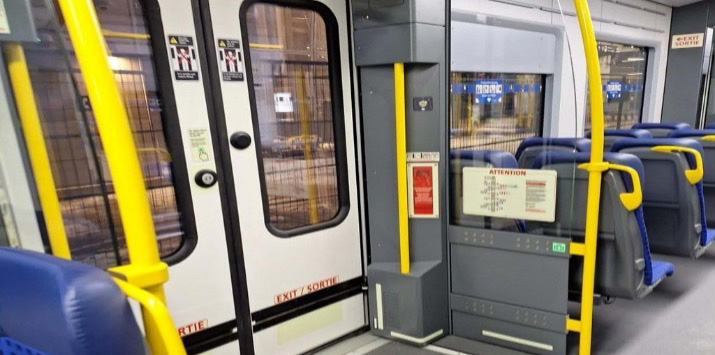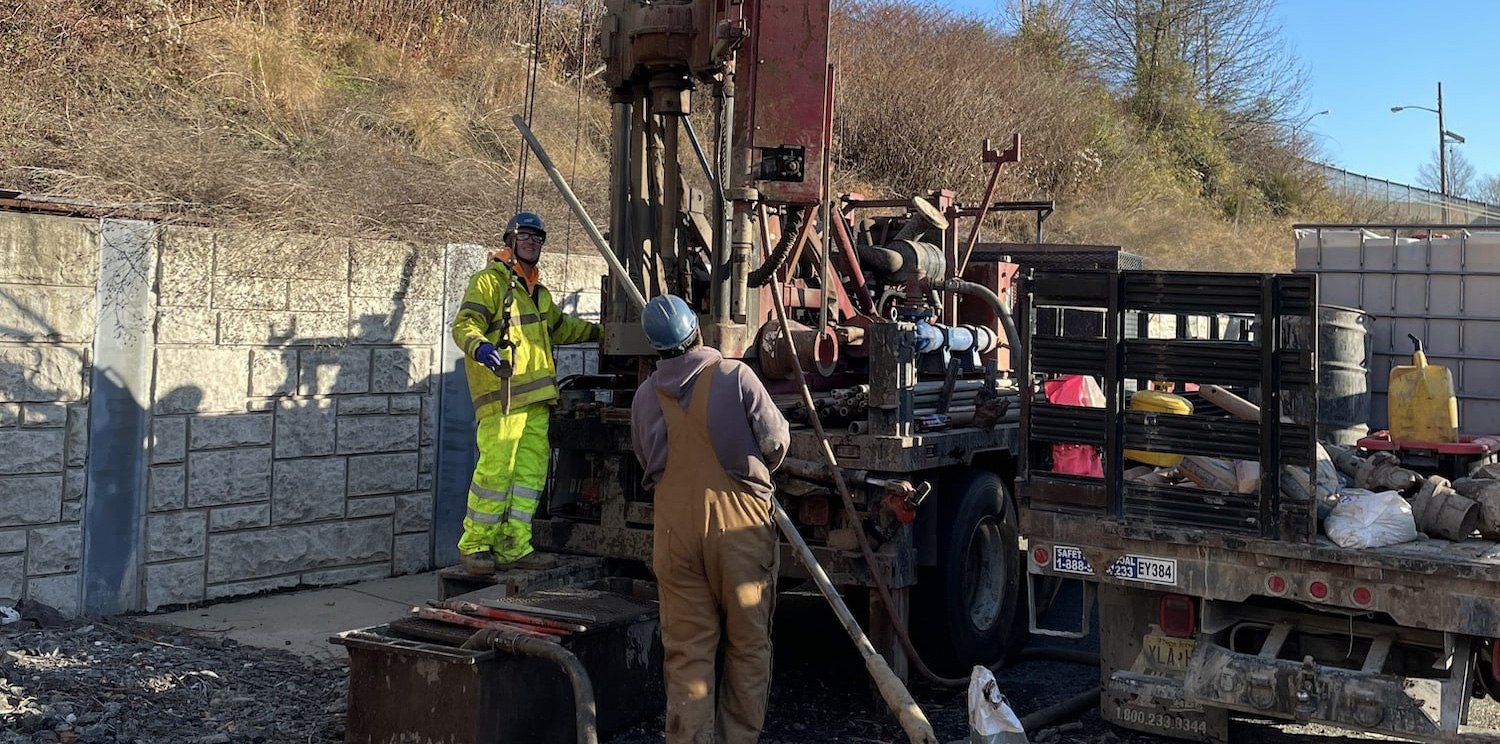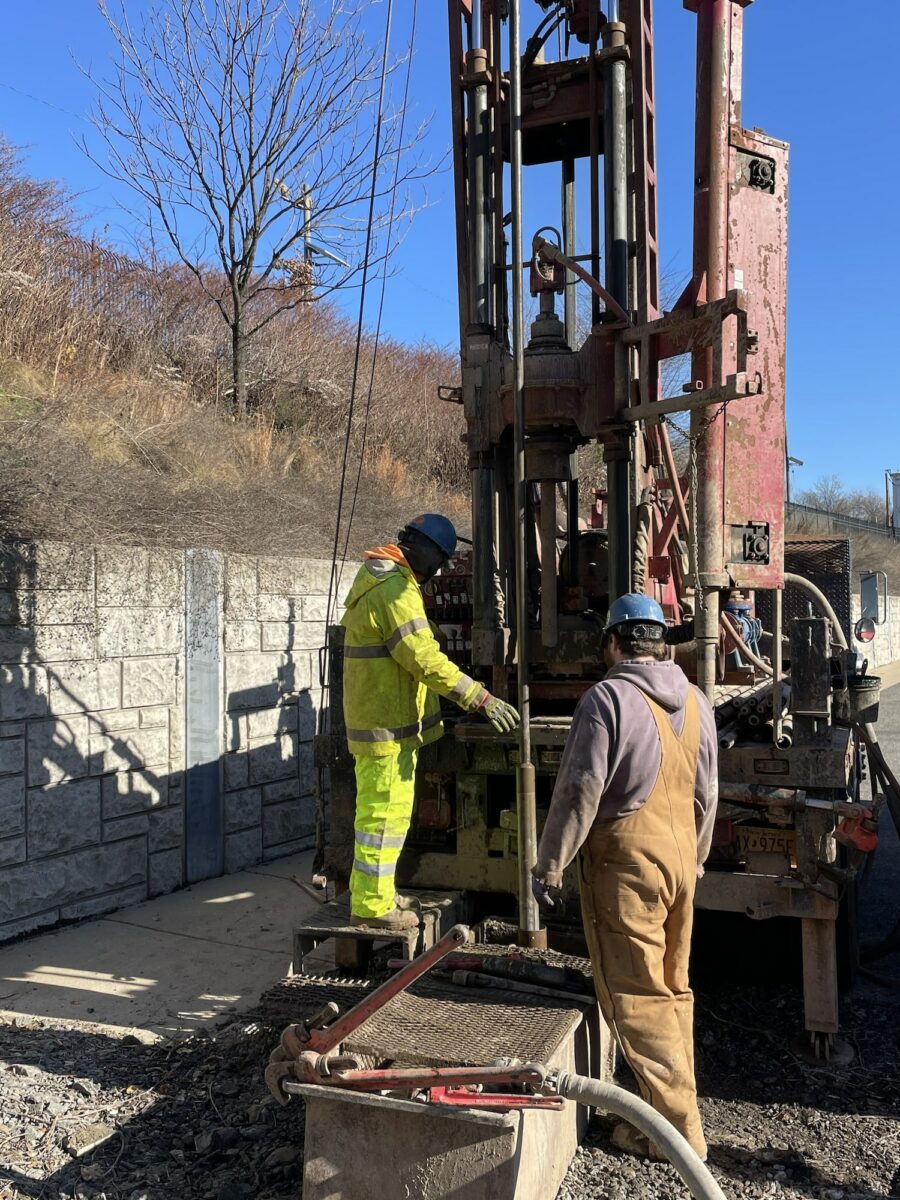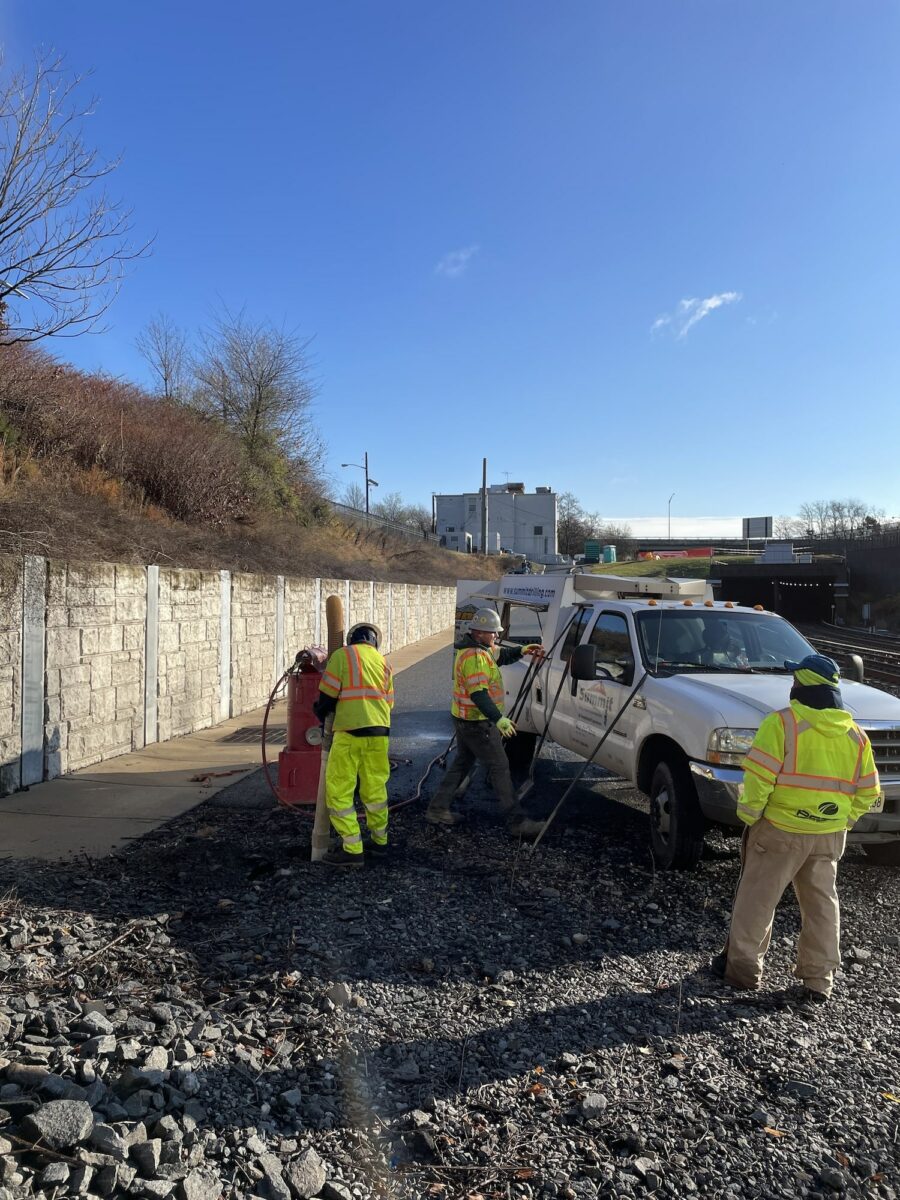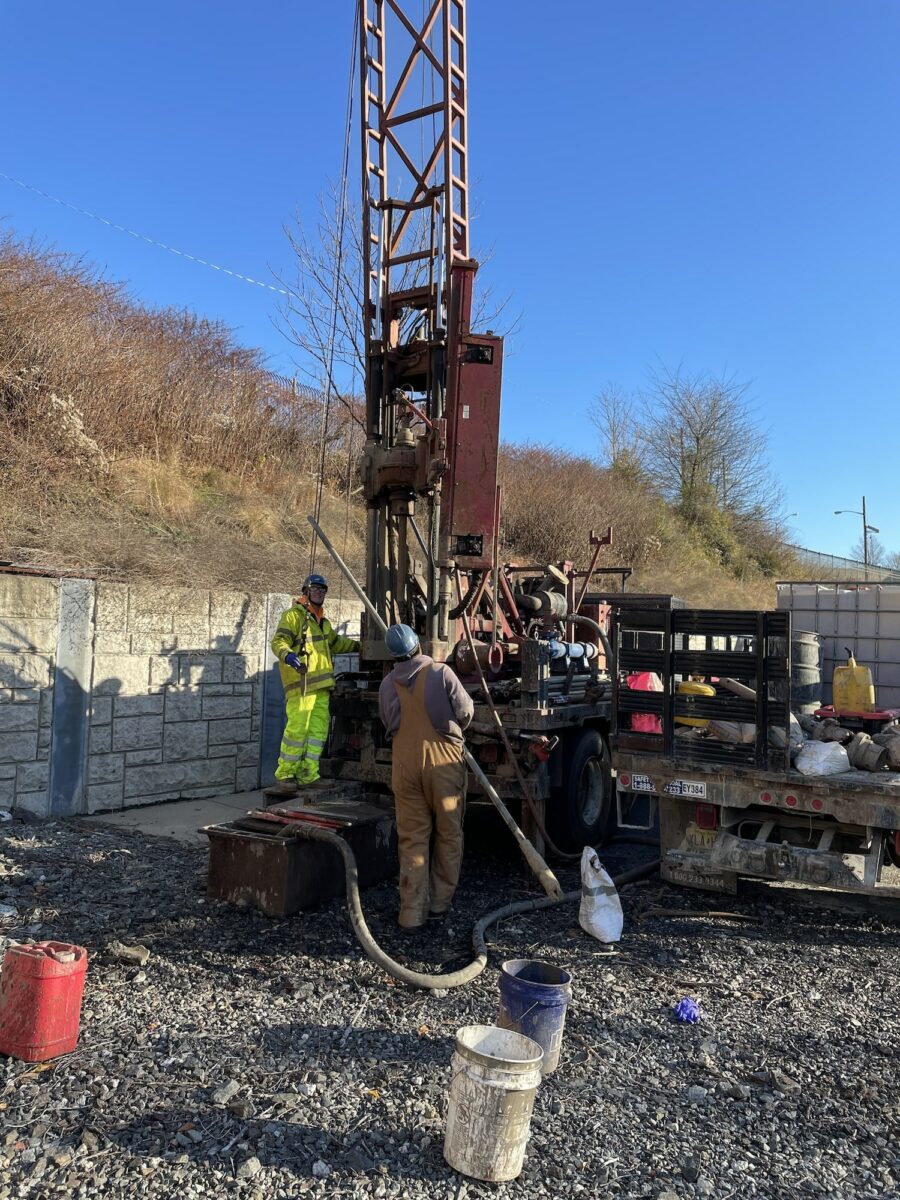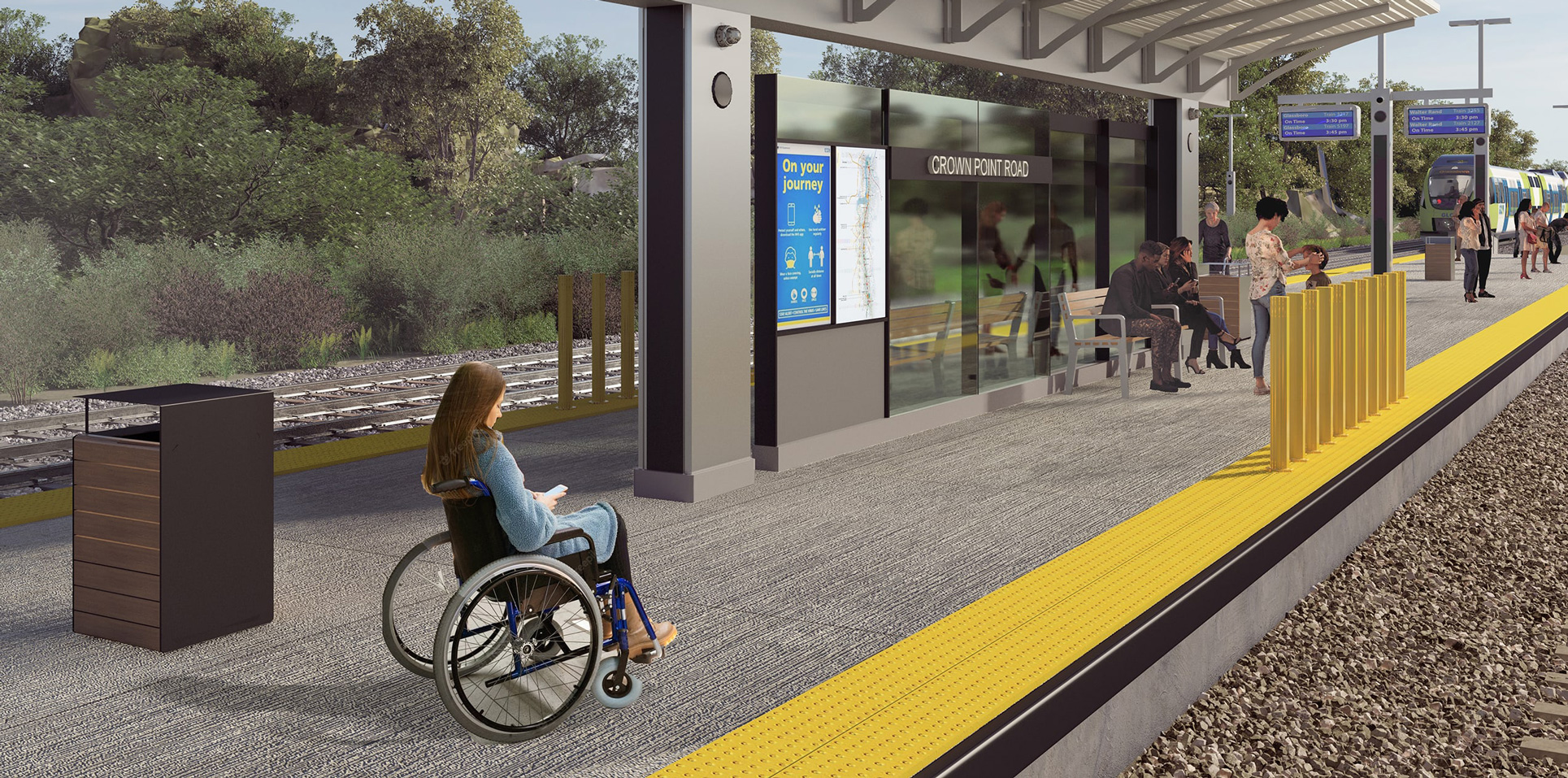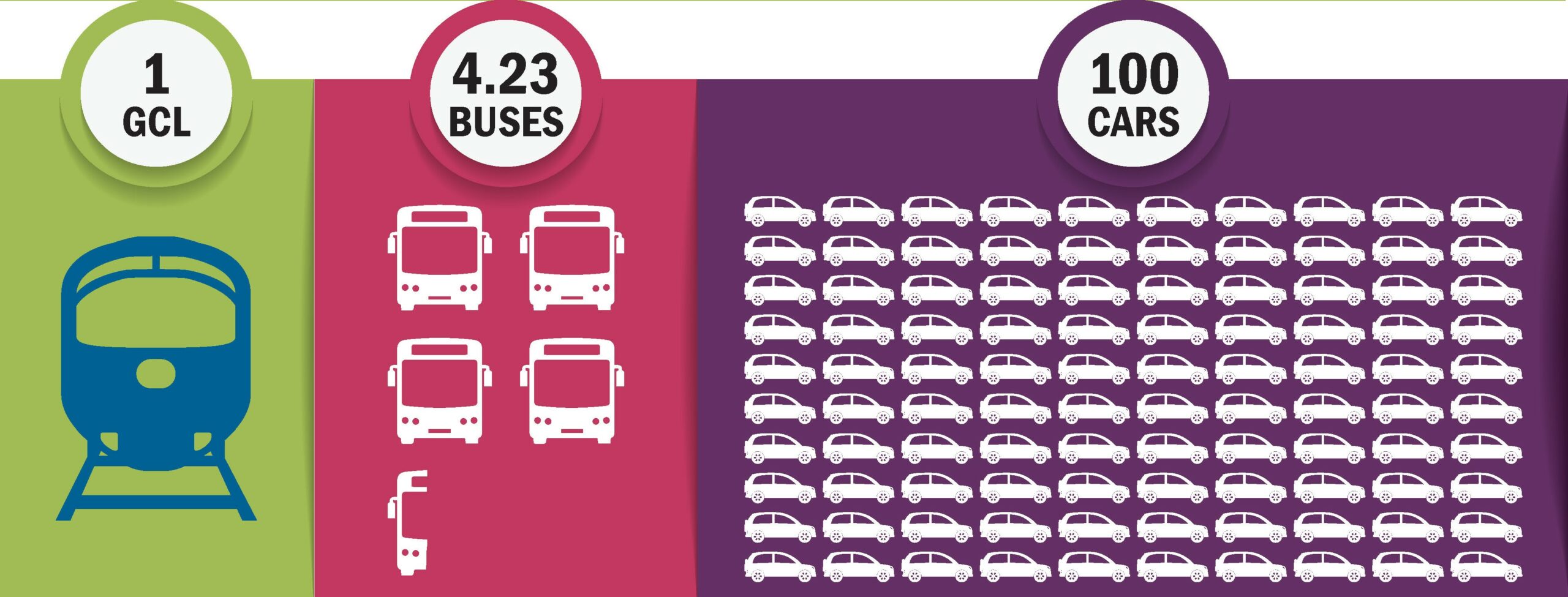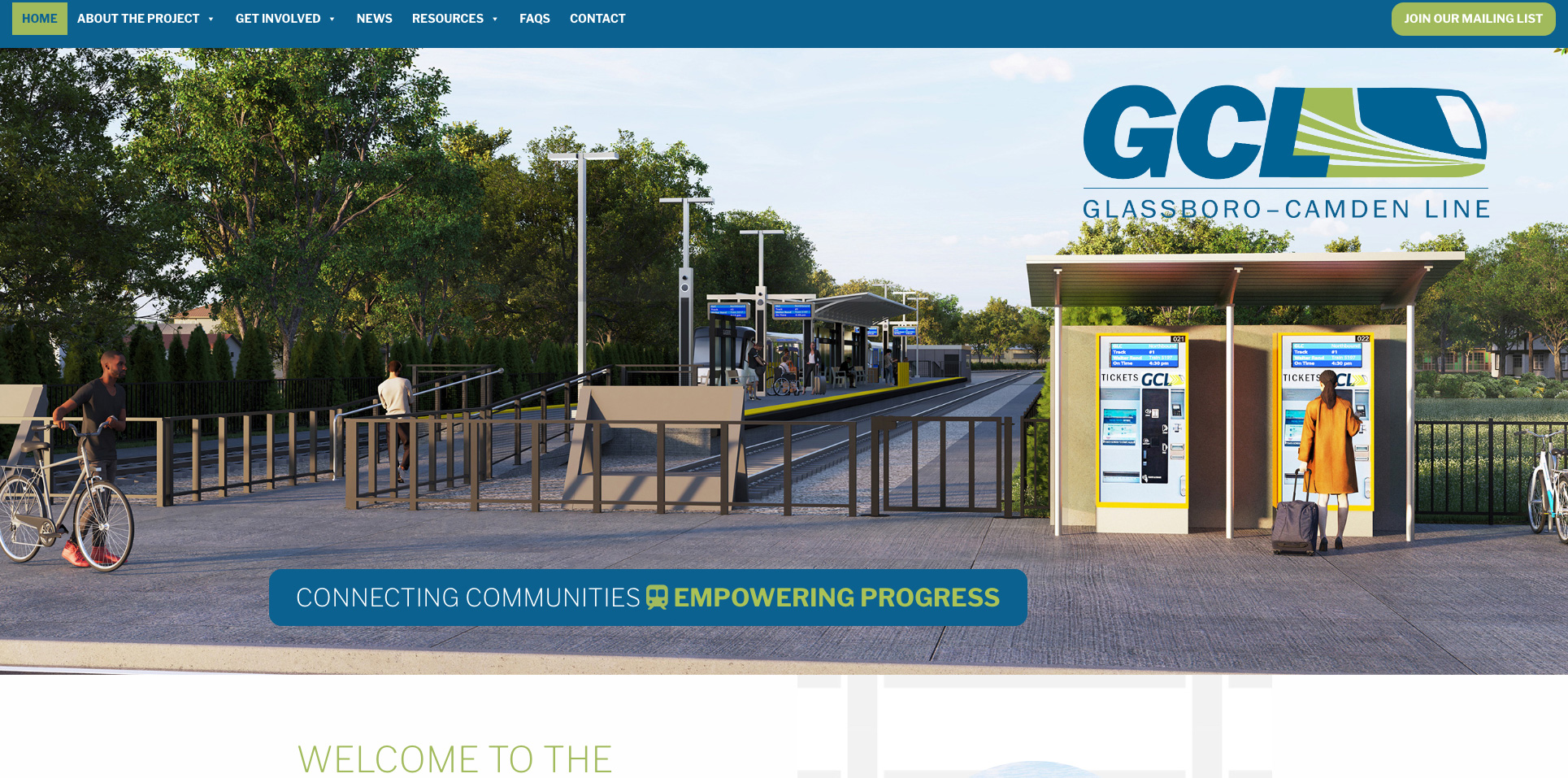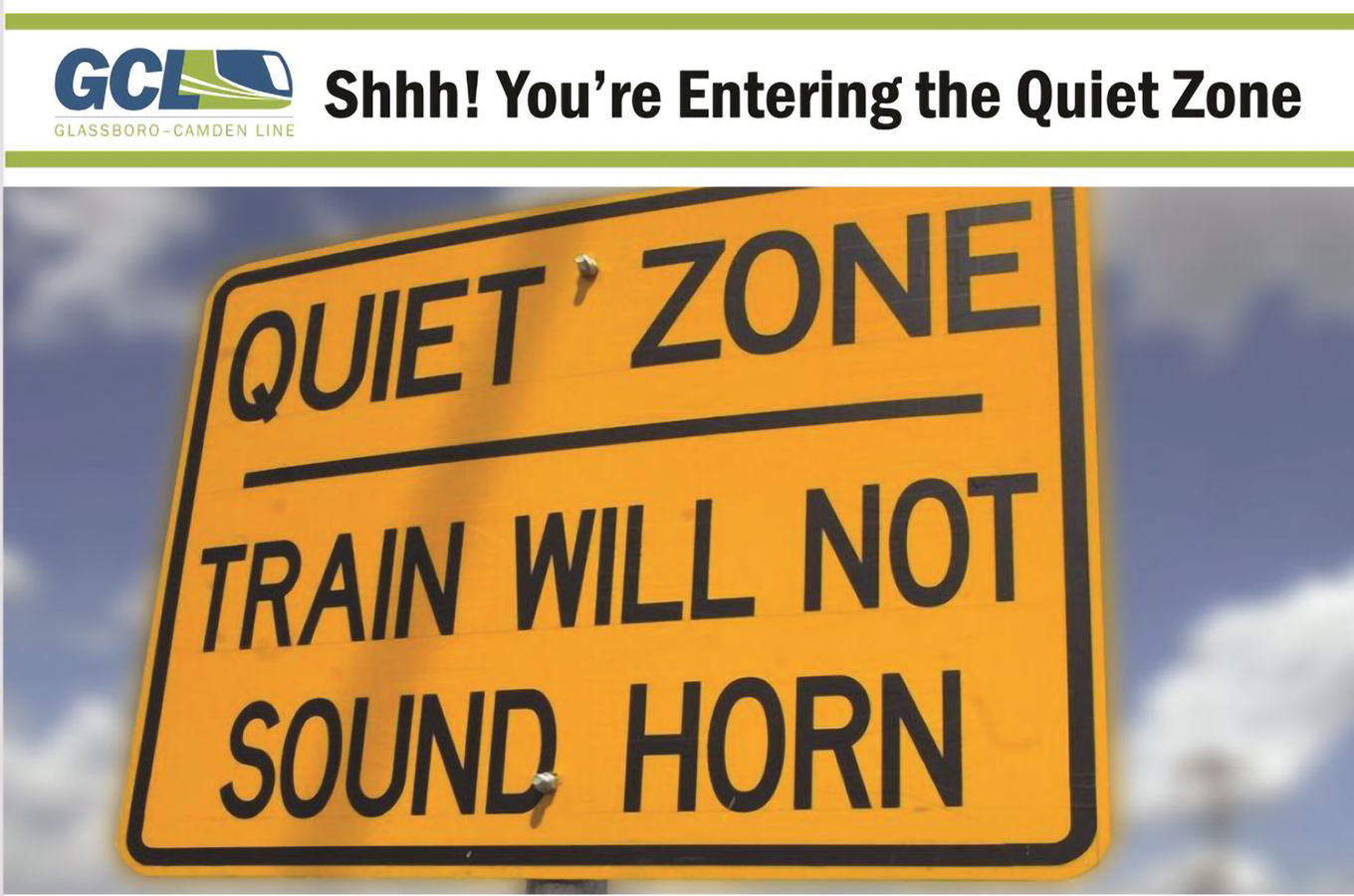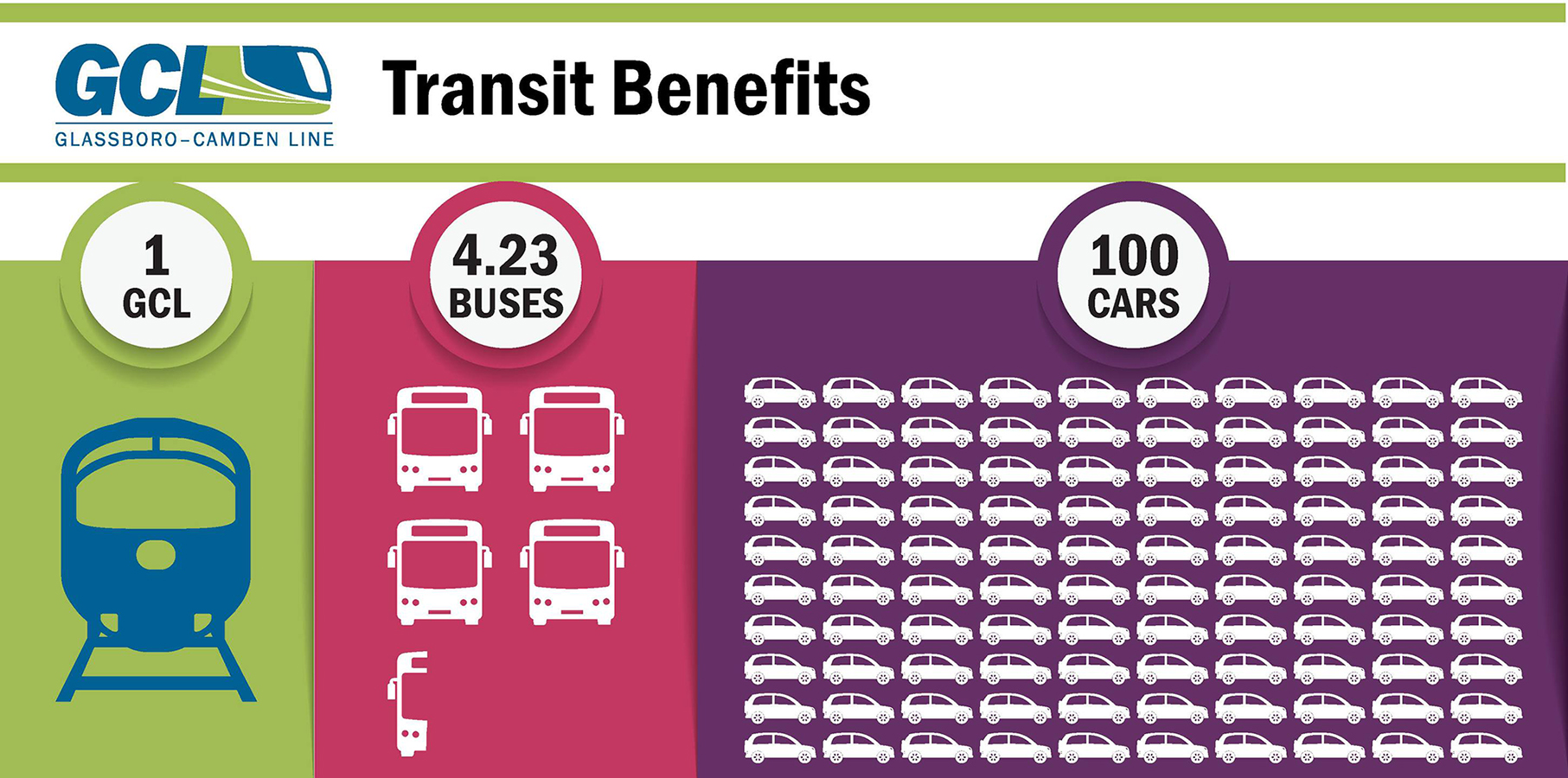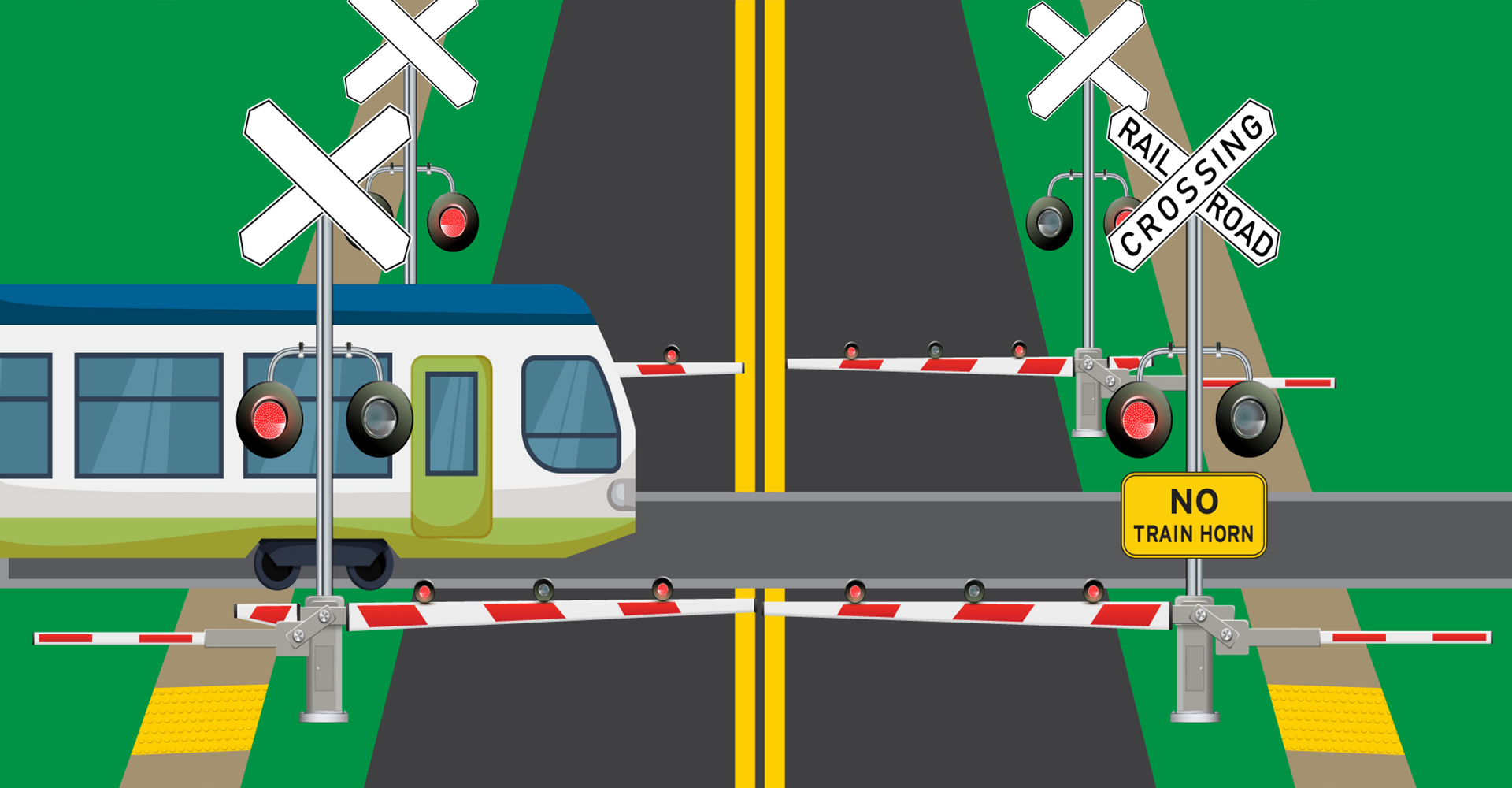
Did you know that under the Train Horn Rule of 2006, federal regulations require locomotive horns to be sounded for 15 to 20 seconds and not more than one-quarter mile in advance of entering public grade crossings? It’s true!
What is a quiet zone?
While the Train Horn Rule established the requirement for sounding of locomotive horns, another federal procedure implemented quiet zones. Localities that meet certain safety requirements can apply for a “Quiet Zone” segment of a rail line that has multiple crossings on a public highway. Upon meeting technical requirements, locomotive horns will not be routinely sounded within a quiet zone.
How are quiet zones achieved?
Neighborhoods that want to establish a quiet zone are first required to address the heightened safety concerns resulting from the discontinuance of horn usage. Examples of these measures include:
What is a four-quadrant gate?
Safety is a top priority for the GCL. Four-quadrant gates will protect pedestrians and vehicle passengers. They block the road leading away from railroad tracks in both directions during a train crossing. Sidewalk crossings are barred with gates too. Why is this significant? It prevents people and cars from illegally trying to bypass the train tracks when an approaching train is coming from the distance.
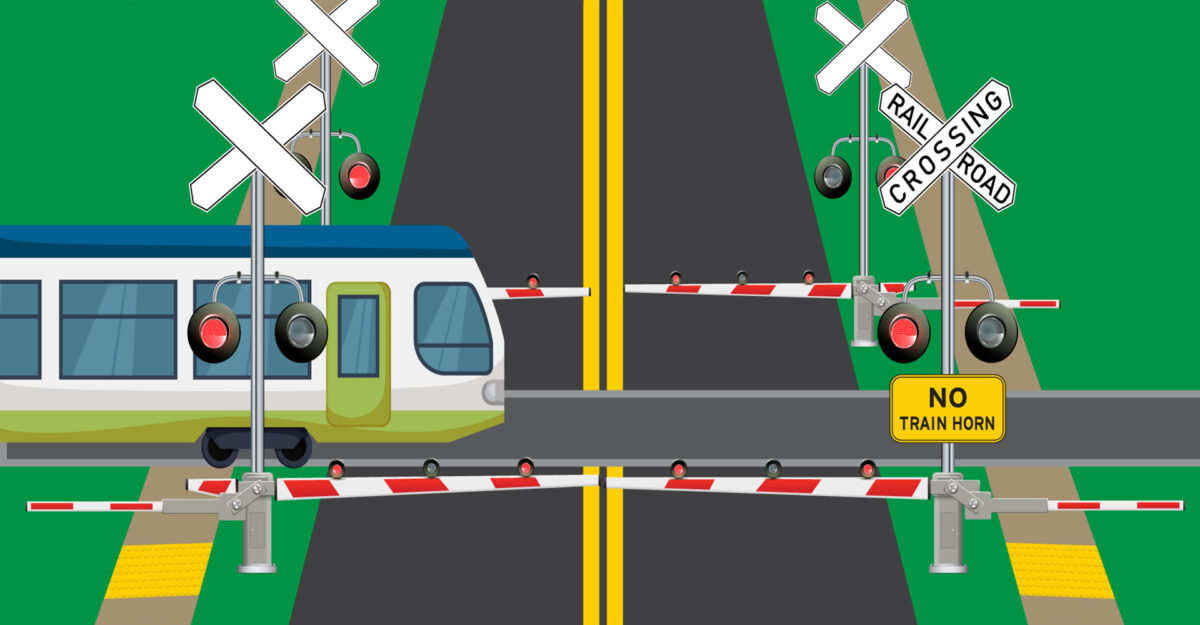
Quiet Zones on the GCL
The GCL Project Team is committed to the design and future investment of the installation and maintenance of all Quiet Zone infrastructure along the GCL alignment. All grade crossings are being designed to accommodate quiet zone crossings through the installation of four-quadrant gates or the utilization of raised medians.
The communities along the corridor will benefit from Quiet Zones by achieving enhanced safety standards while reducing the need for train operators to sound horns in advance of the crossings.
The GCL Project Team is working with NJDOT and FRA to confirm the Quiet Zone designation process and related logistics. More information and details on the Quiet Zone will be addressed during PED and DBOM phases.
Example Quiet Zone Crossing with Safety Features
The video below shows a crossing in Anaheim, California, equipped with similar features planned for the GCL project. While the GCL will utilize shorter trains and faster gate operation for smoother traffic flow, the core safety principles remain the same.
